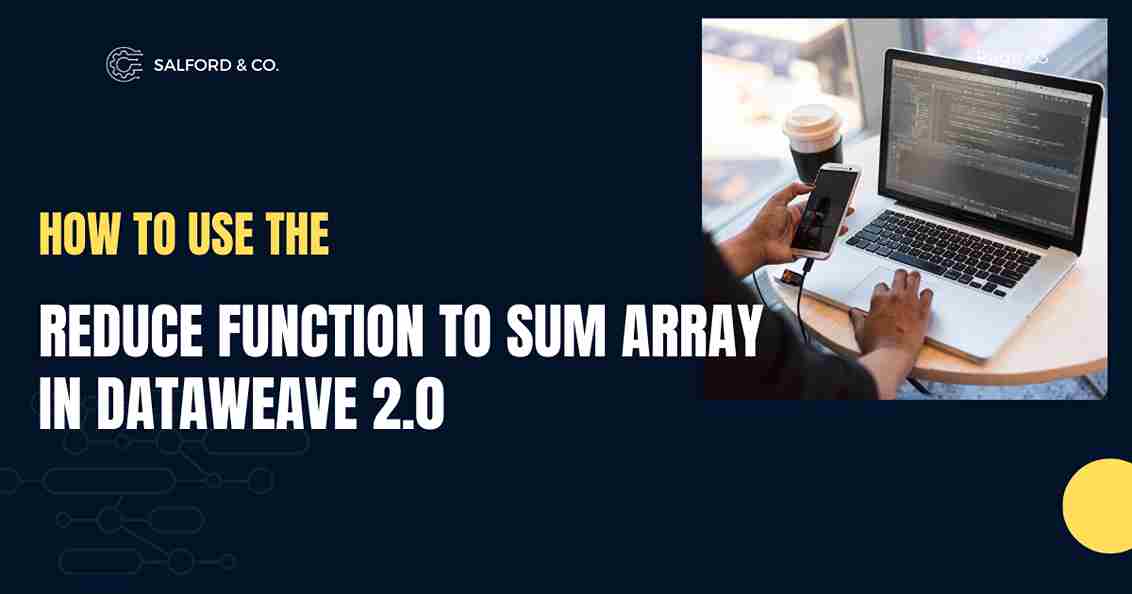3 guarantees Ways to get FREE laptop with EBT

Obtaining a laptop can be challenging for individuals and families with limited financial resources. However, options are available to help ...
Read moreTinfoil install corrupted data: Fix in 2 step

The “corrupted data” error in Tinfoil is a common and frustrating issue that can hinder your gaming experience. This error ...
Read moreFix in 2 step: Crunchyroll Error Code p-dash-27

In Crunchyroll, many users encounter the frustrating Crunchyroll Error Code p-dash-27, which can disrupt their viewing experience. In this article, ...
Read moreHow to build a property listing app with Laravel

Are you looking to create a property listing app that stands out in the digital market? In this comprehensive guide, ...
Read moreGPT66X: Know about The Most Powerful AI Model~How to use

In the ever-evolving landscape of artificial intelligence, a true game-changer emerges: GPT66X. With its 660 billion parameters, this colossal language ...
Read moreHow to use Reduce Function to Sum Array in DataWeave 2.0

In the realm of data transformation and manipulation, DataWeave 2.0 is a powerful tool often used to work with arrays. ...
Read moreconvolutional neural network español en detalle

Convolutional Neural Networks (CNNs) have emerged as a game-changer in the fast-paced world of artificial intelligence and machine learning. These ...
Read moreAn error has occurred misskey: FIX IN 2 STEP

The Misskey app is a popular social media platform allowing users to interact with friends and followers. However, like any ...
Read more4 free online design 2/25 inch circle button print template software

Custom buttons have become increasingly popular for personal and promotional use. Whether you want to create buttons for a special ...
Read morekuta software – infinite calculus evaluating limits worksheet answers

The Kuta software – infinite calculus evaluating limits worksheet answers is a valuable resource for students studying calculus. This worksheet specifically ...
Read more